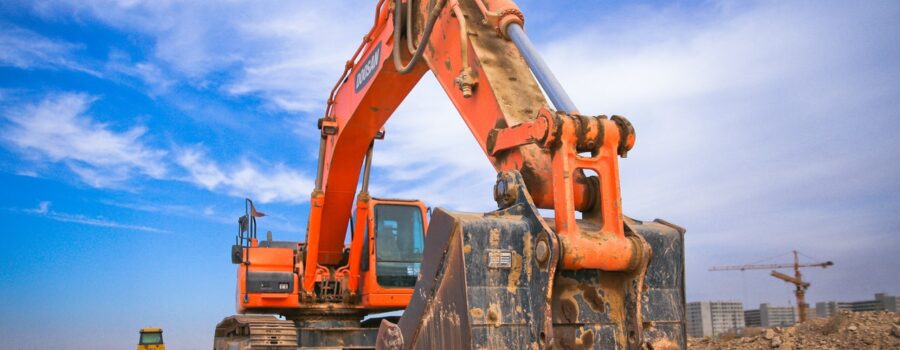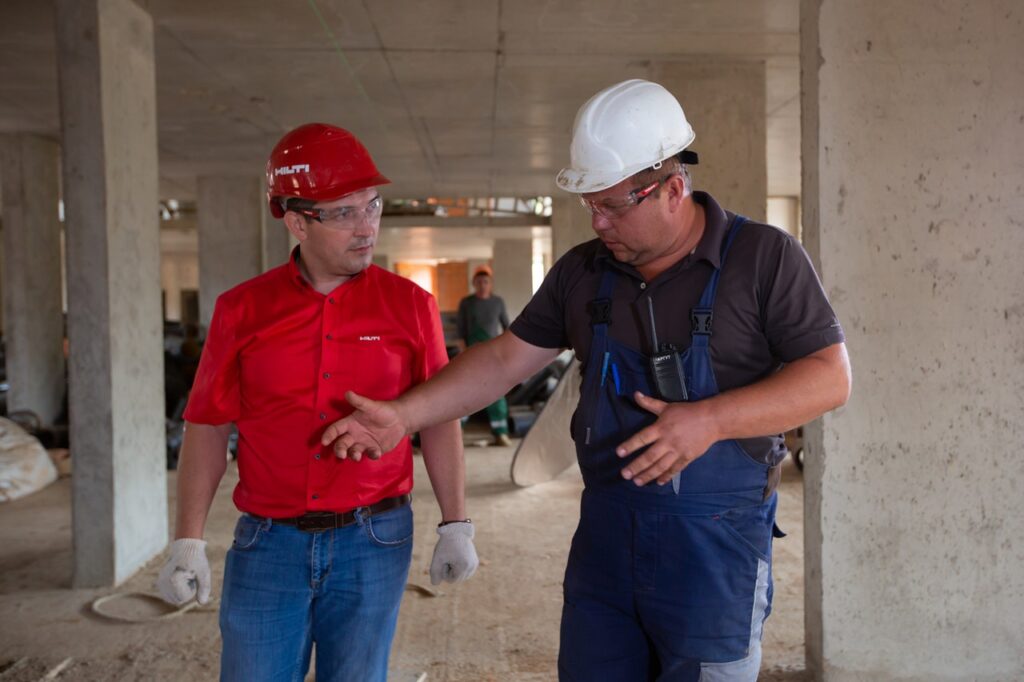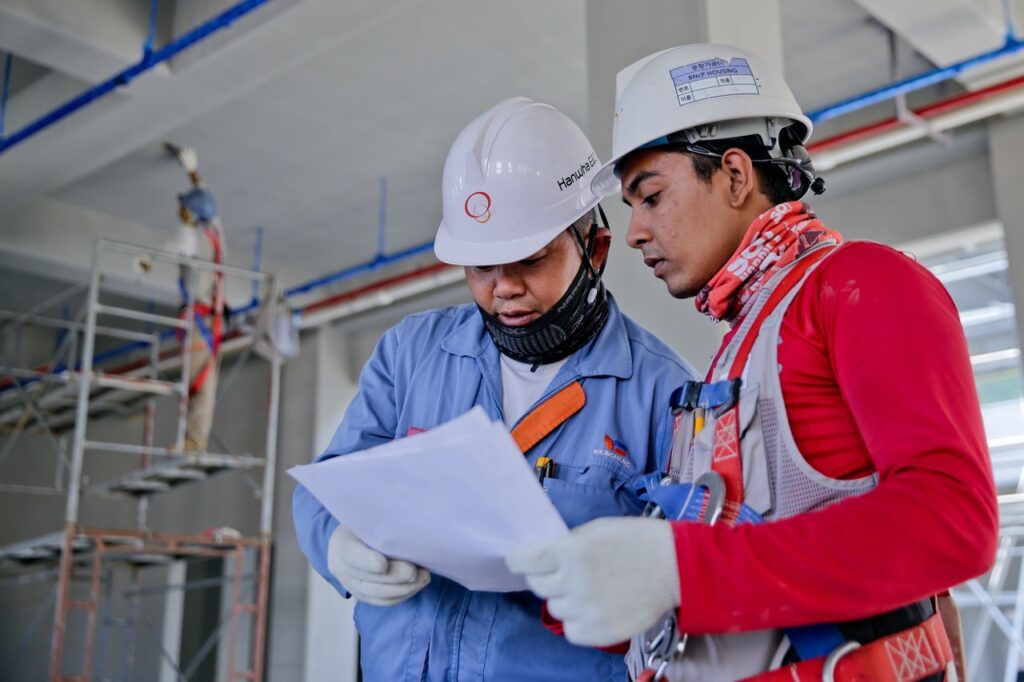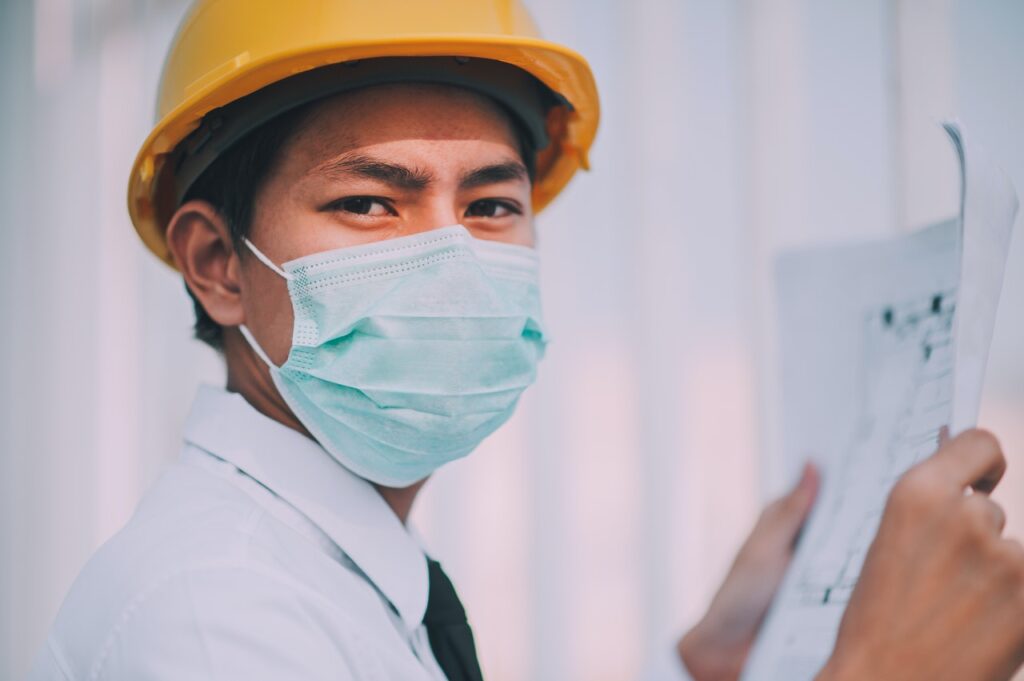
Your Guide to Risk Management in Construction Projects
Constructing a building is a time-consuming and complicated process that requires you or the project manager to handle many moving parts without making costly mistakes. If you want to make sure that the project is completed on time while also meeting the set budget, it’s highly recommended that you take advantage of the risk management process. Risk management is a process that allows you to identify potential risks for a construction project during the planning stage. By identifying these risks early on, you can take the steps needed to keep them at bay.
If you don’t perform risk management before the construction process is underway, it’s very likely that costs will go higher than they should and that delays will occur as a result of mistakes being made. If a project manager doesn’t work to mitigate risks, the project could face serious issues in regards to safety, personnel, and environmental problems.
Even though project managers are tasked with deftly avoiding the many risks that can occur throughout the construction process, there are several effective solutions that can aid you in risk management, which should make it easier for you to maintain the original construction timeline. This guide takes you through the entire construction risk management process and the importance of using it on any development project.
Types of Risk Management
There are many different types of risk management that you should consider performing for your construction project. These forms of risk management include:
- Safety
- Financial
- Permitting
- Environmental
- Personnel
- Competitive
Safety

Even if your construction project is managed perfectly, there are always going to be safety risks on a construction site, some of which can be avoided altogether with the right approach. To reduce safety risks during a project, many construction companies maintain weekly toolbox talks and daily safety inspections. These measures are simple to implement yet highly effective.
Financial
Some of the financial risks that contractors must manage to include material waste and unplanned costs, the latter of which is very difficult to avoid. It’s possible to create more accurate cost estimates by tracking production units and labor hours. If you make the mistake of ordering more materials than the project needs or going over your labor hour estimates, the project costs could increase substantially. Another risk that you can’t control occurs when the property owner doesn’t have enough funds to make the necessary payments.
Permitting
The permitting process is an essential aspect of any construction project. Before you can legally begin construction at a development site, you’ll be tasked with obtaining any building permits associated with the project at hand. Along with the primary building permit, you may also need to apply for a mechanical permit, plumbing permit, and electrical permit. There are several risks that you should be on the lookout for while the permitting process is ongoing.
For one, it’s possible that you will make a mistake with the paperwork when submitting your application. Any mistake you make can lead to time-consuming delays for approval. Without a delay, the permitting process usually takes anywhere from 2-6 weeks to be completed. However, any issue that occurs during the permitting process can lead to weeks or months worth of delays, which would cost you time and money. Likely the most common mistake that’s made during the permitting process involves not taking every aspect of local building codes into account.
If your building plans don’t meet the local building codes, you’ll be asked to make changes to these plans, which could take days to complete. It’s possible to obtain permits more efficiently with the help of a permit expediter.
If you request the assistance of a permit expediter before you send in your application, they can help you anticipate potential problems with the permitting process and avoid making any costly mistakes. Professional permit expediters also have experience in speaking with local planning officials, which may be what you need to have your permit approved in a timely manner.
Environmental
Environmental risks are usually out of your control entirely. These risks include everything from natural disasters and earthquakes to fires and floods. Even though you can’t control these risks, it’s essential that you take them into account before starting construction. To prepare for environmental risks, make sure that your insurance plan includes enough coverage to mitigate the risks.
Personnel

Finding enough personnel for your project can be difficult. It’s also important that you mitigate the risk of losing some of your personnel while the project is ongoing. In one of the latest Commercial Construction Index surveys, it was found that over 90% of all contractors are having difficulties finding skilled workers. Even if you find skilled and experienced workers, they may not stay on as employees for more than one job, which can make it difficult to fully staff larger projects.
Dealing with personnel risks is among the most important aspects of risk management. If you want to avoid your personnel burning out while in the middle of a job, it’s highly recommended that you put your funds into a resource management solution that keeps the crew from being overworked. Keep in mind that people who are stretched thin and work for longer hours than they are supposed to invariably provide substandard work, which could create issues with the quality of your construction project.
Competitive
Competitive risks are common with subcontractors that are being tasked with working on one facet of the project. If your construction project involves bidding, subcontractors must make bids on the project before work can begin.
Their risks include being pressured to price match and trying to match the delivery terms that are being offered by the competition. Increased competition can create issues with the subcontractor’s profitability and resource management.
Understanding the Construction Risk Management Process

The most important element of the construction risk management process involves knowing where the risks come from, which is the only way that you can anticipate and mitigate the risks before they occur. The project manager or superintendent for the construction project should create a detailed construction risk management outline. This outline should be broken into three parts, which include identifying the risks, prioritizing risks, and managing risks.
The initial step in this process involves identifying all possible risks that could occur during the construction process. You can more effectively identify potential risks by reviewing the project specifications, building plans, and bidding documents, which will help you understand the scope of your project.
Now that you have a better idea about how large the project will be, you can begin to map out possible risks that could occur within the construction project timeline. Look at similar projects that you’ve completed in the past to determine what mistakes you made back then.
Once you’ve identified the potential risks for your project, it’s time to prioritize risks, which involves determining the amount of impact that each risk would have as well as the likelihood that the risk will occur. The risks that are the most likely to occur and have the largest impact should be placed at the top of your list and given first priority.
Try to calculate the amount of work, time, and money that will go into mitigating these risks. If nearly all of the risks that you’ve identified are considered to be high-impact ones that have a high likelihood of taking place, the best decision may be to stop working on the project altogether.
The third and final aspect of the construction risk management process involves managing the risks. The risks that you’ve placed at the top of your priority list should be managed before the others. There are numerous decisions that you can make when attempting to manage risk. You could choose to avoid, reduce, eliminate, accept, or transfer the risk.
Once you’ve made these decisions, it’s important that you determine what resources will be needed to properly mitigate the risks. These costs should be incorporated into the total project costs. It’s possible that you will need to rent more equipment or hire additional labor to effectively manage all of your risks.
Recommendations To Improve Your Project Risk Management
There are several things you can do to improve your project risk management process, the first of which involves keeping extensive documentation. By properly documenting the construction project’s terms and conditions, you will be able to reference this documentation if ever the need arises. Nearly all construction projects require multiple contracts to be signed. It’s important that these contracts are consistent with one another in regard to dispute resolution guidelines and cash flow issues.
You can share the risks of a contraction project by taking advantage of indemnity. In the event that one party within a contract incurs costs that arise from a claim made by a third party, contract indemnity rules require that the other party within the contract should provide compensation.
If negligent work by a contractor resulted in property damage or bodily injury, the inclusion of an indemnity provision ensures that the contractor compensates the property owner. On the other hand, the property owner will need to cover contractor losses that occur from harmful substances being found at the construction site, which would be out of the contractor’s control.
Another useful tip is to use your insurance to cover indemnity. If you have certain indemnity obligations, you can obtain insurance that will help you cover the costs of these obligations. This insurance can include workers’ compensation, general liability, and automobile liability. As for the property owner, they should obtain a builder’s risk policy, which offers coverage for materials that are damaged from natural disasters or unpredictable site conditions.
If you or the property owner has already set a budget for the construction project, a great way to keep costs from getting out of control is by creating a construction risk management plan that focuses on mitigating risks. If any of the identified risks occur, this could lead to delays and higher costs for your project, which you would do well to avoid.

Jason Somers, President & Founder of Crest Real Estate
With over 15 years of professional experience in the Los Angeles luxury real estate market, Jason Somers has the background, judgement and track record to provide an unparalleled level of real estate services. His widespread knowledge helps clients identify and acquire income producing properties and value-ad development opportunities.
Learn more about Jason Somers or contact us.



